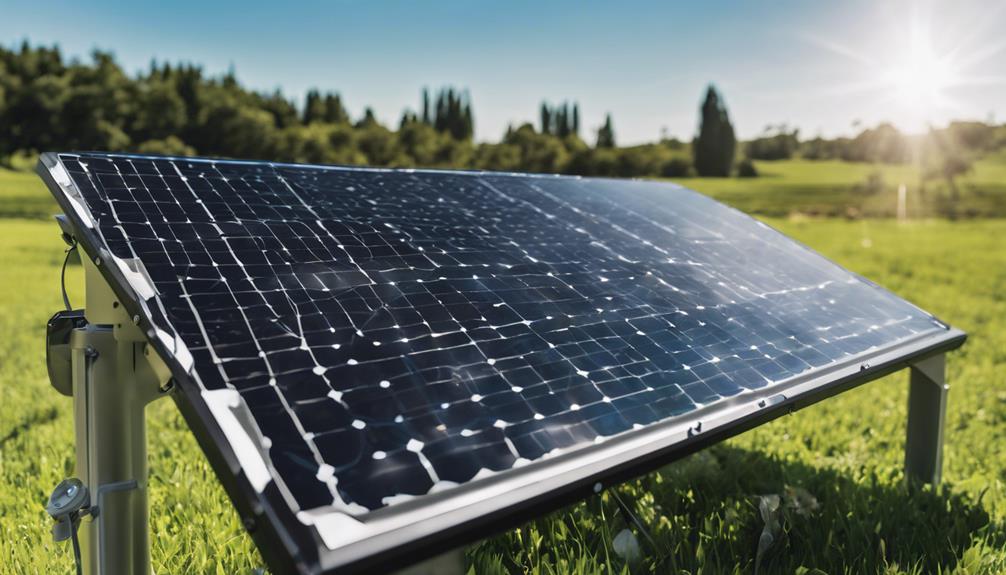
When it comes to optimizing your solar energy system, understanding the role of a charge controller for solar panels is essential. This vital component ensures that your solar battery receives the right amount of charge, preventing overcharging and prolonging battery life. In this comprehensive guide, we’ll explore everything you need to know about charge controllers, including their types, benefits, and how to choose the right one for your solar setup.
Understanding the Basics of Charge Controllers
A charge controller for solar panels is an electronic device that regulates the flow of energy from your solar panels to your batteries. Without this crucial component, your batteries can be overcharged or undercharged, leading to reduced efficiency, lifespan, and overall performance. Charge controllers monitor the voltage and current coming from the solar panels, ensuring that the batteries are charged at optimal levels while preventing damage due to excessive voltage.
The Importance of a Charge Controller in Solar Energy Systems
The significance of a charge controller for solar panels cannot be overstated. These controllers play a vital role in protecting your batteries, which are often the most expensive part of a solar energy system. By preventing overcharging, charge controllers help maintain the health of the batteries, ensuring they provide reliable power for years to come. Additionally, they can also prevent battery discharging at night, making them essential for off-grid solar systems where energy independence is key.
Types of Charge Controllers: PWM vs. MPPT
When selecting a charge controller for solar panels, it’s important to understand the different types available: Pulse Width Modulation (PWM) and Maximum Power Point Tracking (MPPT). PWM controllers are simpler and more affordable, making them a popular choice for small systems. They work by gradually reducing the voltage as the battery reaches its full charge. On the other hand, MPPT controllers are more advanced and can be up to 30% more efficient, especially in larger systems. They optimize the power output by adjusting the input voltage and current to maintain the highest possible efficiency.
Factors to Consider When Choosing a Charge Controller
Selecting the right charge controller for solar panels requires careful consideration of several factors. First, assess the total wattage of your solar panel system. The controller should be able to handle the maximum current produced by your solar panels. Additionally, consider the type of batteries you are using, as different batteries have varying charging requirements. Don’t forget to check the controller’s compatibility with your solar panels and batteries to ensure optimal performance.
Installation and Setup of Charge Controllers
Installing a charge controller for solar panels is a straightforward process, but it is crucial to follow the manufacturer’s guidelines. Typically, the charge controller should be installed between the solar panels and the batteries. Begin by connecting the solar panel leads to the controller’s solar input terminals. Next, connect the battery leads to the controller’s battery output terminals. It’s advisable to use appropriate wire gauges to prevent overheating and ensure efficient power transfer. Always double-check your connections and ensure everything is secure before powering up your system.
Common Issues with Charge Controllers and Troubleshooting Tips
Like any electronic device, charge controllers for solar panels can encounter issues. Some common problems include error codes, overheating, and poor charging performance. If your controller displays an error code, refer to the user manual for guidance on troubleshooting. Overheating can occur if the controller is not adequately ventilated; ensure it is installed in a cool, dry area. If you notice poor charging performance, check your solar panel connections and battery health, as these can affect the system’s overall efficiency.
Maintaining Your Charge Controller for Optimal Performance
To ensure your charge controller for solar panels continues to perform at its best, regular maintenance is essential. Start by keeping the controller clean and free from dust and debris, which can interfere with its operation. Additionally, periodically check all connections for corrosion or wear and tear. If your charge controller features a display, monitor it regularly for any warning signs or irregular readings. Maintaining your system will help you avoid costly repairs or replacements in the future.
The Future of Charge Controllers in Solar Technology
As solar technology continues to evolve, so do charge controllers for solar panels. Innovations in smart technology and automation are paving the way for more efficient and user-friendly controllers. Many modern charge controllers come equipped with features such as Bluetooth connectivity, allowing users to monitor their solar system’s performance through mobile apps. As the demand for renewable energy sources grows, investing in advanced charge controller technology will be crucial for maximizing the potential of your solar energy system.
In conclusion, understanding the significance of a charge controller for solar panels is fundamental for anyone looking to harness the power of solar energy. By selecting the right type of controller, ensuring proper installation and maintenance, and staying informed about technological advancements, you can maximize the efficiency and longevity of your solar energy system. Whether you’re a seasoned solar enthusiast or just starting your renewable energy journey, the right charge controller will make all the difference in achieving your energy goals.





